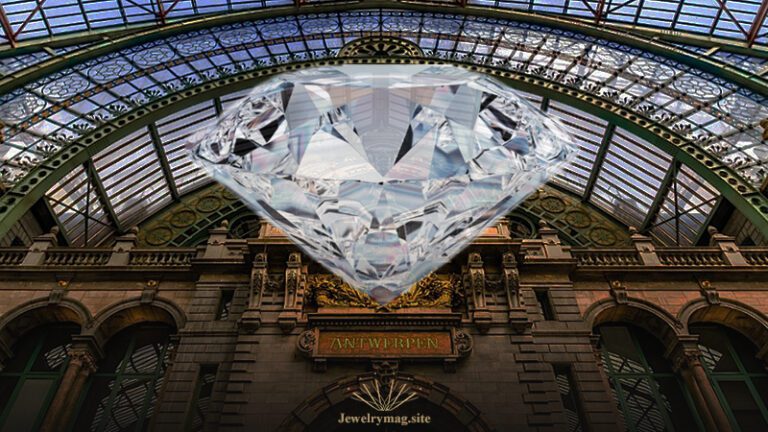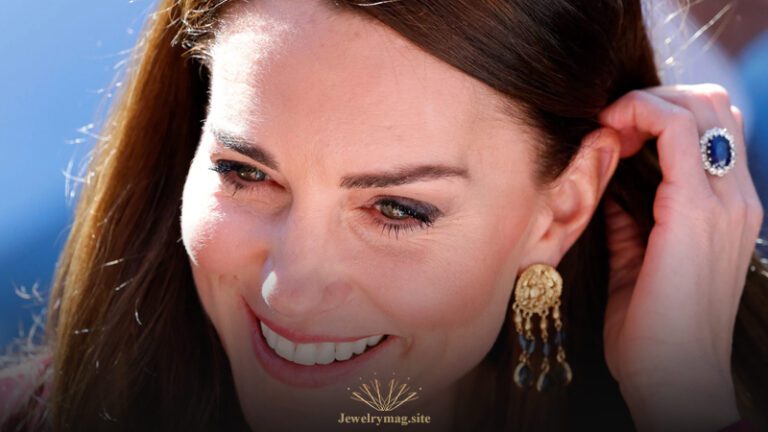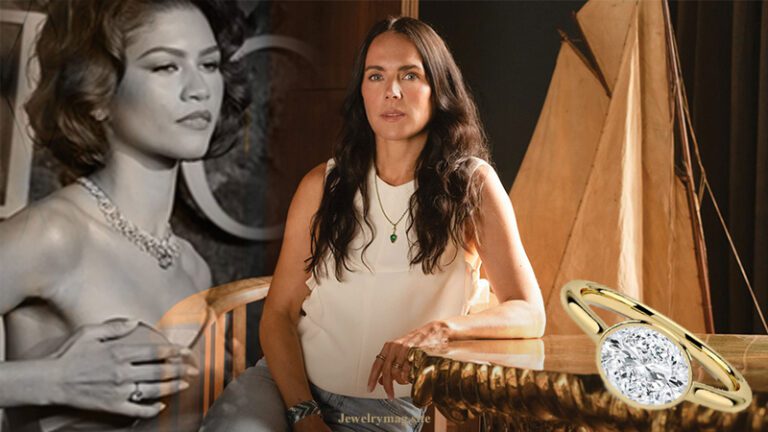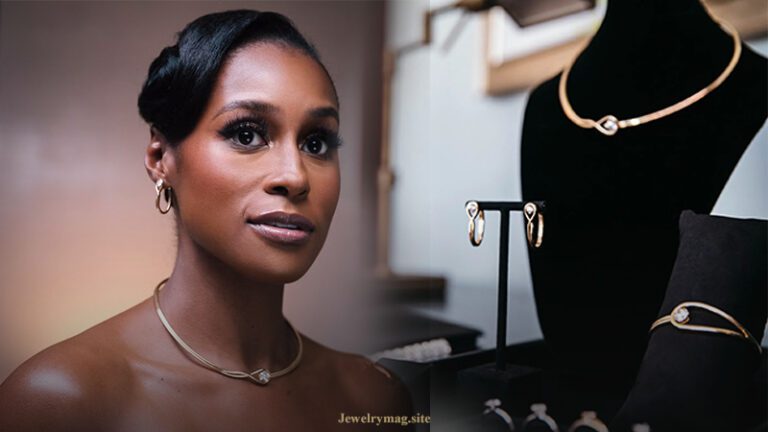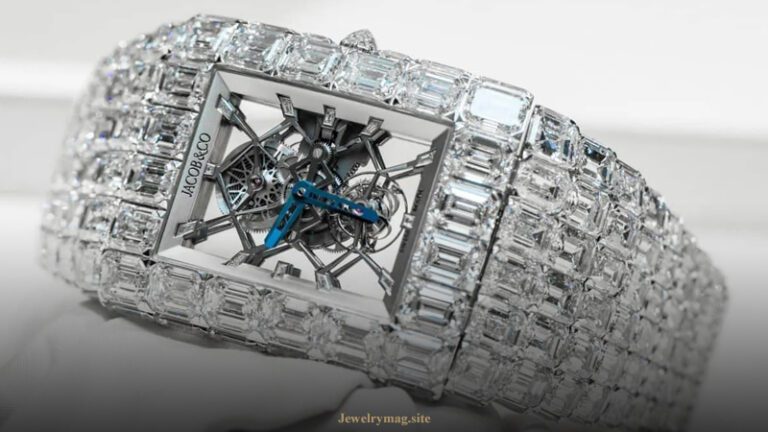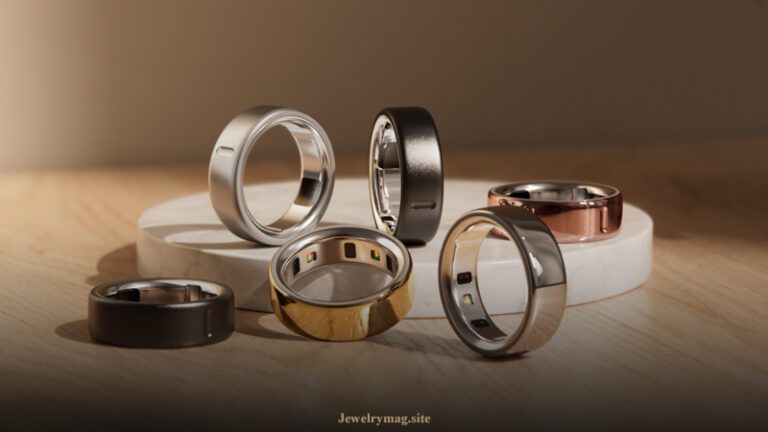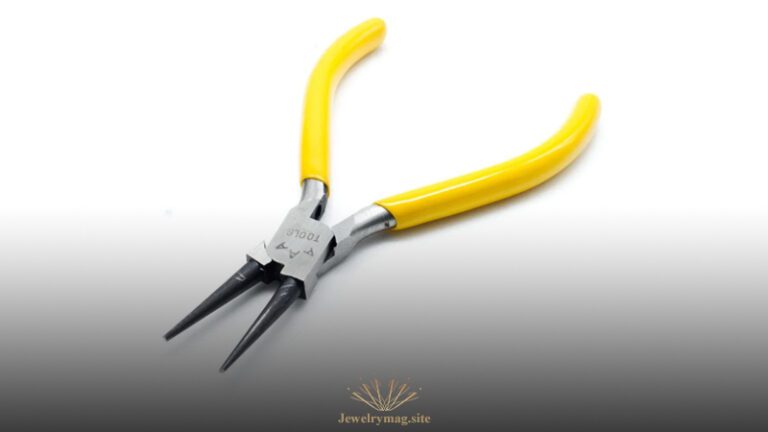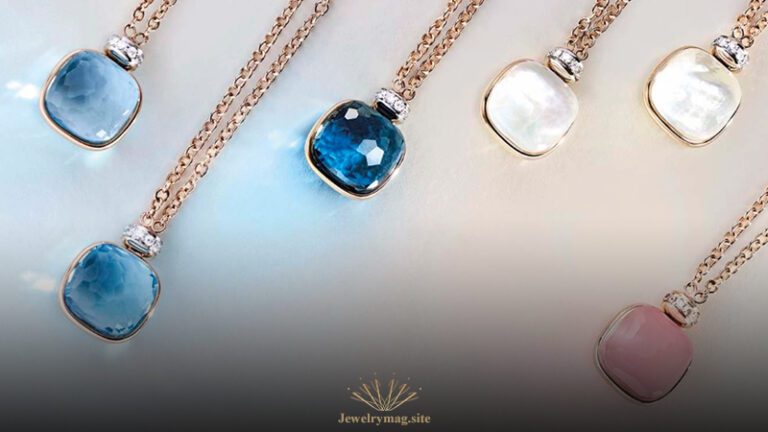What is the world’s most expensive jewelry ever?
Jewelry has been a symbol of wealth, power, and beauty throughout history. From ancient civilizations to modern times, the allure of precious stones and metals has captivated the human imagination. Among the myriad of spectacular pieces of jewelry, The World’s Most Expensive Jewelry, the Hope Diamond stands out as the most expensive and one of the most famous. Its extraordinary value is not only due to its size and rarity but also its storied history, unique physical properties, and the legends surrounding it.
Historical Background
Origins
The Hope Diamond’s story begins in the 17th century when it was discovered in the Kollur Mine in the Golconda region of India, renowned for producing some of the world’s most exceptional diamonds. The original stone was a crudely cut, triangular diamond weighing an estimated 112 carats. It was purchased by French gem merchant Jean-Baptiste Tavernier, who sold it to King Louis XIV of France in 1668.
The French Blue
Upon acquiring the diamond, King Louis XIV had it recut by his court jeweler, Sieur Pitau, in 1673. The resulting stone, known as the “French Blue,” weighed 67.125 carats and was set in gold, suspended on a neck ribbon for ceremonial occasions. The French Blue remained in the French crown jewels until it was stolen during the French Revolution in 1792.
The Tavernier Blue’s Disappearance and Reappearance
For many years, the French Blue vanished from historical records, leading to speculation and intrigue about its fate. It resurfaced in 1812, just after the statute of limitations for crimes committed during the French Revolution expired. By this time, it had been recut into a smaller stone, weighing 45.52 carats, and became known as the Hope Diamond. The gem was named after Henry Philip Hope, a London banker who acquired it in the early 19th century.
Physical Characteristics
Color and Clarity
The Hope Diamond is renowned for its rare and mesmerizing deep blue color. This hue is due to trace amounts of boron within the diamond’s crystal structure, which absorbs red light and gives the stone its blue appearance. The diamond is classified as a Type IIb diamond, a category that includes less than 0.1% of all diamonds, making it exceptionally rare. Its clarity grade is VS1 (Very Slightly Included), with minor inclusions that are not visible to the naked eye.
Cut and Carat Weight
The Hope Diamond is cushion-cut with a faceted girdle and extra facets on the pavilion, enhancing its brilliance and fire. Weighing 45.52 carats, it is one of the largest blue diamonds in existence. the hope diamond dimensions are approximately 25.60 mm x 21.78 mm x 12.00 mm, making it a substantial and impressive gemstone.
The Hope Diamond’s Journey Through Time
The Hope Family
After Henry Philip Hope’s death, the diamond was passed down through the Hope family. It was exhibited at the Great Exhibition of London in 1851 and the Paris Exposition Universelle in 1855, drawing significant public attention. However, the Hope family faced financial difficulties, and the diamond was eventually sold to pay off debts.
Pierre Cartier and Evalyn Walsh McLean
In 1909, the diamond was sold to the famous French jeweler Pierre Cartier. Cartier saw an opportunity to sell the gem to American mining heiress Evalyn Walsh McLean, who was known for her love of extravagant jewelry. To entice her, Cartier reset the diamond into a lavish necklace. McLean purchased the necklace in 1911, and it became one of her most cherished possessions. She often wore the Hope Diamond to social events, cementing its reputation as a symbol of wealth and glamour.
Harry Winston and the Smithsonian Institution
After McLean’s death in 1947, the Hope Diamond was sold to cover her estate’s debts. In 1949, it was acquired by New York jeweler Harry Winston. Winston exhibited the diamond worldwide, raising money for charitable causes. In 1958, he donated the Hope Diamond to the Smithsonian Institution in Washington, D.C., where it remains on display today. The diamond is housed in the National Museum of Natural History, where it attracts millions of visitors each year.
Legends and Myths
The Curse of the Hope Diamond
One of the most intriguing aspects of the Hope Diamond is the legend of its curse. Stories of misfortune and tragedy have followed the gem throughout its history. It is said that Tavernier stole the diamond from a Hindu temple, where it was used as the eye of a statue of the goddess Sita. As punishment for his sacrilege, the priest of the temple cursed the stone, bringing bad luck to anyone who possessed it.
Notable Incidents
Several notable incidents are often cited as evidence of the curse. Jean-Baptiste Tavernier supposedly met a gruesome end, torn apart by wild dogs in Russia. King Louis XIV and his descendants suffered from misfortune and political turmoil. Marie Antoinette, who wore the French Blue, was executed during the French Revolution. Later owners, including Henry Philip Hope and Evalyn Walsh McLean, faced financial ruin and personal tragedies.
Skepticism and Reality
Despite these tales, many historians and gemologists remain skeptical of the curse. They argue that the stories are largely coincidental or exaggerated. The Hope Diamond’s tumultuous history can be attributed to the inherent risks of owning such a valuable and high-profile gemstone, rather than any supernatural force.
The Hope Diamond Today
Display and Security
The Hope Diamond is currently displayed at the Smithsonian Institution in a state-of-the-art, secure case. The case is equipped with a sophisticated alarm system and is constructed from bulletproof glass. The diamond is set in a platinum pendant surrounded by sixteen white diamonds, emphasizing its deep blue color and brilliance. The exhibit provides visitors with detailed information about the gem’s history, physical properties, and cultural significance.
Scientific Studies
Over the years, the Hope Diamond has been the subject of numerous scientific studies. Researchers have used advanced techniques such as spectroscopy and X-ray fluorescence to analyze its unique properties. These studies have provided valuable insights into the formation and composition of blue diamonds, contributing to our understanding of these rare gemstones.
Hope Diamond value
Estimating the Hope Diamond Worth
Estimating the exact value of the Hope Diamond is challenging due to its historical significance and unique characteristics. In 2020, the hope diamond worth was estimated to be between $200 and $350 million. However, its true value could be even higher if it were ever to be sold on the open market.
Factors Influencing Value
Several factors influence the Hope Diamond’s value. These include its size, color, clarity, and cut, as well as its storied history and cultural significance. The diamond’s association with famous historical figures and its status as a world-renowned gemstone further enhance its worth. Additionally, its rarity as a Type IIb blue diamond makes it highly sought after by collectors and investors.
Cultural Impact
Symbol of Wealth and Power
Throughout its history, the Hope Diamond has been a symbol of wealth, power, and prestige. Its association with royalty, aristocracy, and affluent individuals has contributed to its legendary status. The diamond has been featured in numerous books, films, and documentaries, further cementing its place in popular culture.
Inspiration for Art and Literature
The Hope Diamond has inspired countless works of art and literature. It has been the subject of novels, such as “The Moonstone” by Wilkie Collins and “The French Blue” by Richard W. Wise. The gem has also appeared in films, including the 1997 blockbuster “Titanic,” where a fictionalized version of the diamond, known as the “Heart of the Ocean,” plays a central role.
The Hope Diamond’s allure extends far beyond its extraordinary physical properties and immense value. Its rich history, marked by intrigue, mystery, and legend, has captivated the world for centuries. As the most expensive piece of jewelry in the world, the Hope Diamond represents the pinnacle of human fascination with beauty, wealth, and the unknown. Its journey from the depths of an Indian mine to the halls of the Smithsonian Institution is a testament to the enduring power of one of nature’s most remarkable creations.



